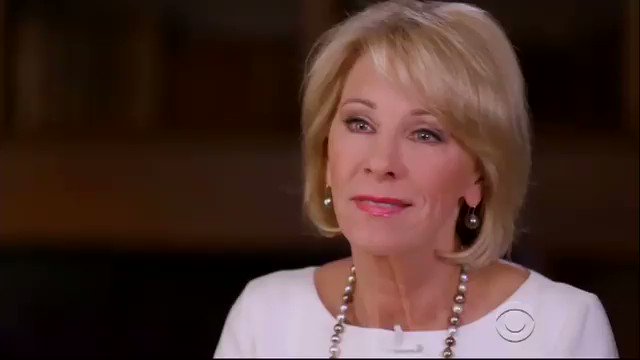AP finds the NRA gave $7 million to hundreds of schools:
AP finds the NRA gave $7 million to hundreds of schools
The National Rifle Association has dramatically increased its funding to schools in recent years amid a national debate over guns and school violence, an Associated Press analysis of tax records has found. But few say they plan to give up the money in the aftermath of the latest mass shooting.
The AP analysis of the NRA Foundation’s public tax records finds that about 500 schools received more than $7.3 million from 2010 through 2016, mostly through competitive grants meant to promote shooting sports. The grants have gone to an array of school programs, including the Junior Reserve Officer Training Corps, rifle teams, hunting safety courses and agriculture clubs.
In some ways, the grant distribution reflects the nation’s deep political divide over guns. Nearly three-quarters of the schools that received grants are in counties that voted for President Donald Trump in the 2016 election, while a quarter are in counties that voted for Democrat Hillary Clinton, according to the AP analysis. Most are in medium-sized counties or rural areas, with few near major cities.
California received the most in school grants, more than $1 million, while Florida was a close second.
Florida’s Broward County school district is believed to be the first to stop accepting NRA money after a gunman killed 17 people at one of its schools Feb. 14. The teen charged in the shooting had been on a school rifle team that received NRA funding. School officials announced the change Tuesday but declined to comment further.
Denver Public Schools followed on Thursday, saying it won’t pursue NRA grants in the future and will turn down several that were to be awarded this year. But officials in many other districts say they have no plans to back away.
“Whatever I think of the NRA, they’re providing legitimate educational services,” said Billy Townsend, a school board member in Florida’s Polk County district, whose JROTC programs received $33,000, primarily to buy air rifles. “If the NRA wanted to provide air rifles for our ROTC folks in the future, I wouldn’t have a problem with that.”
The grants awarded to schools are just a small share of the $61 million the NRA Foundation has given to a variety of local groups since 2010. But it has grown rapidly, increasing nearly fourfold from 2010 to 2014 in what some opponents say is a thinly veiled attempt to recruit the next generation of NRA members.
The NRA Foundation did not return calls seeking comment.
Annual reports from the pro-gun group say its grant program was started in 1992 and raises money through local Friends of NRA chapters. It says half the proceeds from local fundraisers go to local grants and half goes to the national organization. Tax records show roughly $19 million in grants going to the group’s Virginia headquarters in 2015 and in 2016.
Besides schools, other typical recipients include 4-H groups, which have received $12.2 million since 2010, Boy Scout troops and councils, which received $4 million, and private gun clubs. Overall, about half the grants go to programs directed at youth.
Grant funding to schools rose sharply in the years after the 2012 shooting at Connecticut’s Sandy Hook Elementary School, fueled in part by a new grant program the NRA unrolled to help schools make safety improvements. Three districts received safety grants totaling $189,000 in 2014, tax records show, but none appears to have been awarded since then.
Nearly half of the 773 overall school grants have gone to JROTC programs, which put students through a basic military curriculum and offer an array of small competitive clubs, like the rifle team at Broward’s Marjory Stoneman Douglas High School. But JROTC leaders say few students ultimately enlist in the military, and the primary goal is to teach students skills like discipline and leadership.


































